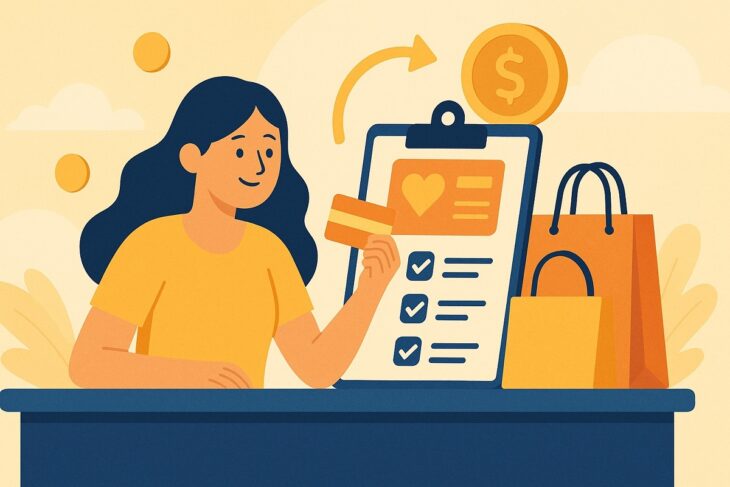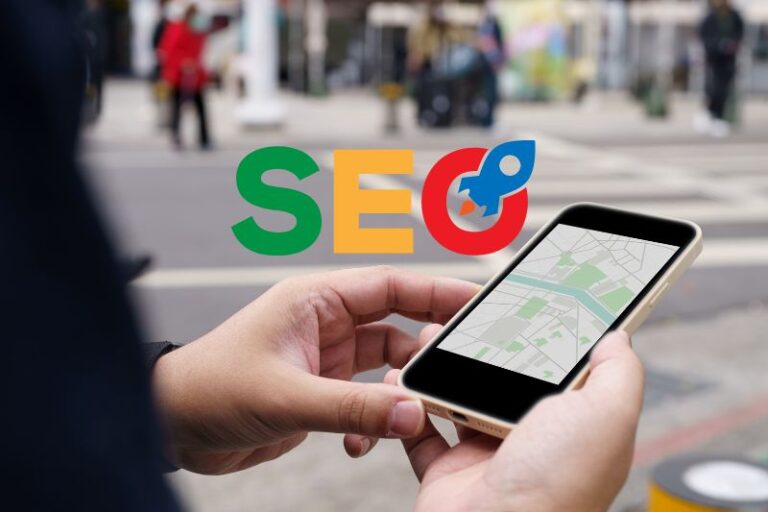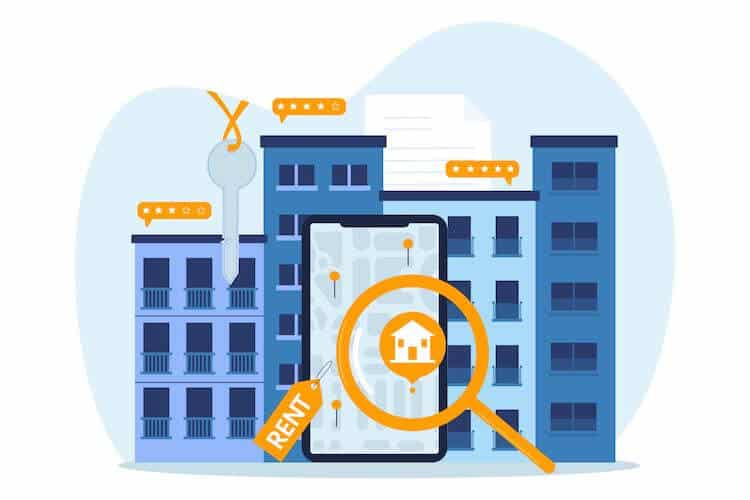Customer loyalty programs are structured initiatives that incentivize repeat behavior by offering rewards to customers for consistent purchases or brand engagement. For small businesses, retention is not just beneficial; it is essential to sustainability and long-term profitability.
Compared to new customer acquisition, keeping existing customers engaged reduces marketing spend and stabilizes revenue.
According to Forbes, repeat customers can account for up to 60% of a business’s revenue, making loyalty a critical focus for business growth.
Without further ado, let us talk about customer loyalty programs in greater detail.
The Business Case for Loyalty Programs

Retaining an existing customer costs significantly less than acquiring a new one. Estimates suggest the cost difference can range from five to twenty-five times.
For small businesses, where every marketing dollar must be spent wisely, focusing on retention becomes a strategic move. Acquiring new customers often involves advertising costs, promotional discounts, and onboarding efforts.
The emerging ventures can learn from bigger companies, such as 1xBet app, which offers a mix of bonuses and partnerships with well-known leagues, adapting the strategy to a tighter budget.
Existing customers are more likely to engage with offers, purchase more frequently, and develop trust in a brand.
Increased retention directly impacts Customer Lifetime Value (CLV), which refers to the total revenue a business earns from a customer over the course of the relationship.
Loyalty program members consistently show higher spending habits. Annual expenditures can be 13% to 25% higher than those of non-members. Customers respond well to structured rewards, especially those tied to clear spending goals.
Businesses can also increase purchase frequency by providing simple, habitual incentives. In a practical example, coffee shops frequently implement punch card systems. These programs reward a free item after a set number of purchases.
Small businesses that implement loyalty programs effectively often see the following benefits:
- Greater retention with lower marketing spend
- Increased CLV and more predictable revenue
- Higher purchase frequency through habit formation
- Motivation for customers to spend more per transaction
Types of Loyalty Programs Suitable for Small Businesses
Not every loyalty program works for every business model.
Small businesses must choose structures that align with their:
- Transaction frequency
- Product type
- Customer preferences
Simplicity is often the most effective approach, especially in early stages of implementation.
Punch Card
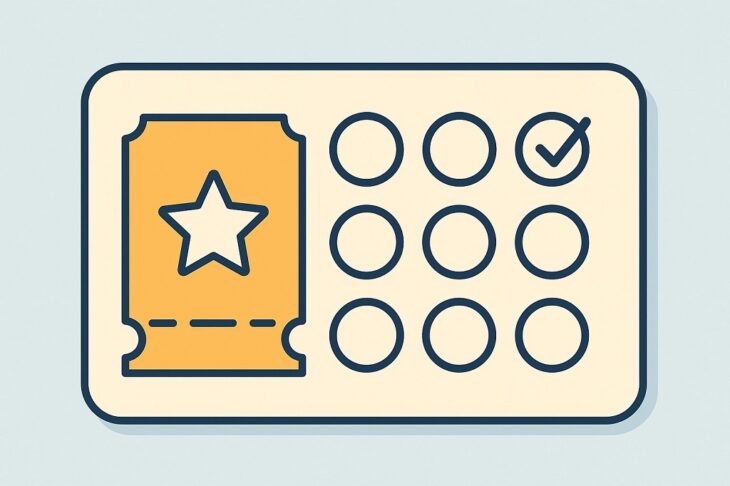
Punch card programs are perhaps the easiest to execute and understand. Ideal for businesses that deal in frequent, low-cost purchases, these programs offer rewards after a set number of transactions.
Juice bars, cafes, car washes, and bakeries often use this method to great success.
A simple “buy 9, get the 10th free” punch card taps into routine behavior and encourages customers to return consistently without much thought.
Referral
Referral programs shift the growth burden to current customers by rewarding them for introducing new people to the business.
Offering a reward to both the referrer and the new customer strengthens engagement.
This method builds trust more rapidly, as new customers are often more receptive to businesses recommended by someone they know.
Personalized thank-you messages and rewards increase the likelihood of repeat referrals.
Points-based
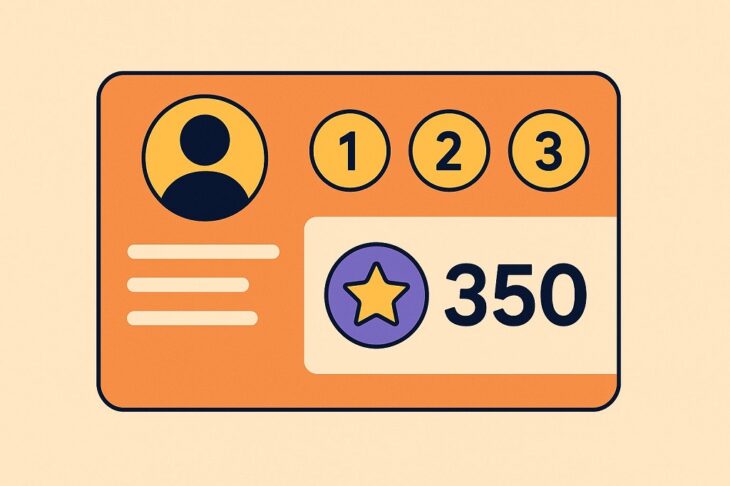
Points-based systems allow for a flexible reward structure. Customers accumulate points for every dollar spent, and those points are later redeemable for discounts, products, or exclusive perks.
A flexible system like this works well for businesses with broad product ranges or varying price points.
Customers enjoy watching their points grow, creating a psychological incentive to shop more frequently.
Subscription Rewards
Subscription rewards programs generate recurring revenue while deepening customer relationships.
Monthly memberships that offer benefits such as discounts like the Norauto discount code, free items, or early access can lock customers into long-term engagement.
The model is particularly effective for service-based businesses, such as grooming salons, fitness studios, or food delivery services.
Tiered Loyalty
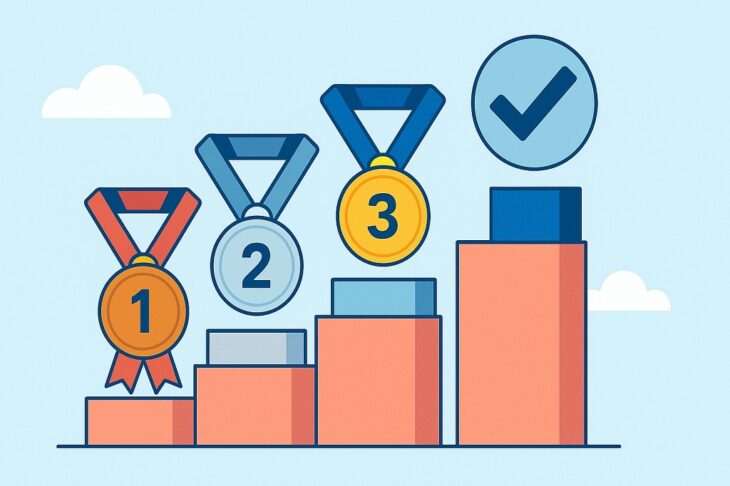
Tiered loyalty systems reward continued engagement by unlocking benefits in levels. For instance, customers who spend more than a certain threshold might gain access to VIP discounts, free shipping, or early product releases.
This encourages long-term commitment, as customers aim to reach the next tier.
Spending habits shift when customers believe they are progressing toward better perks..
Profit-Driving Benefits Beyond Direct Sales
Loyalty programs offer more than just an increase in transactions. They drive sustainable growth by strengthening customer relationships, improving data use, and enabling businesses to compete on value rather than price.
Customer retention increases significantly with an effective loyalty program in place. When people feel acknowledged and rewarded for their purchases, they are less inclined to explore competing options.
Emotional investment becomes a factor. Rewards earned or points accumulated create a sense of ownership and attachment. Customers are far more likely to return when they have unfinished rewards or ongoing progress.
Repeat buyers also contribute more to average order value (AOV). Offering bonus incentives for crossing certain thresholds nudges customers to add extra items to their cart. For example, a message such as “Spend $50 and earn double points” encourages higher basket totals.
View this post on Instagram
A post shared by Bruna Keller I Digital Marketing Trainer & Creator (@bkhelpsyou)
Over hundreds of transactions, even small increases in average value produce measurable gains in profit.
Heavy reliance on constant discounting can erode margins and weaken brand perception. Loyalty programs offer a smarter alternative. Instead of slashing prices, businesses can deliver value through rewards, exclusive access, and customer recognition. This allows them to compete without devaluing their products or services.
Customer data is another high-value asset made accessible through loyalty platforms. Purchase history, frequency, preferred categories, and even redemption behavior help create a comprehensive customer profile. These insights allow businesses to tailor promotions more precisely and improve marketing effectiveness.
Key profit-driving advantages include:
- Lower churn rate due to consistent engagement
- Increase in AOV and basket size
- Reduced need for aggressive discounting
- Improved brand loyalty and customer satisfaction
- Enhanced marketing through actionable data
Measuring ROI and Avoiding Pitfalls
A loyalty program should never run on instinct or vague impressions. To be successful and sustainable, it must be evaluated with clear metrics.
Measuring return on investment ensures that time, effort, and resources are generating results.
Without this structure, even well-designed programs may drift into inefficiency or irrelevance.
Retention rate serves as one of the most telling indicators. If customers are returning more often after enrollment, the program is performing its job.
A healthy retention rate reflects trust and satisfaction, both of which lead to long-term revenue.
Redemption rate shows how often customers actually use their earned rewards. A rate that is too low may indicate that the rewards are unappealing or difficult to access.
On the other hand, a rate that is too high without corresponding profit may suggest that incentives are too generous or poorly calibrated.
Average Order Value (AOV), Customer Lifetime Value (CLV), and purchase frequency round out the core metrics.
Monitoring changes in these figures after launching a loyalty program gives a clearer view of its actual impact.
Key performance indicators to track:
- Customer retention rate
- Reward redemption rate
- Average order value
- Purchase frequency
- Customer lifetime value
Success depends not only on what is measured but also on how problems are avoided. A loyalty program can become a liability if poorly executed.
Summary
Loyalty programs serve as effective profit engines for small businesses.
When properly planned and executed, they lead to increased revenue, stronger customer retention, and more personalized marketing.
Rather than chasing new leads constantly, businesses can grow sustainably by nurturing their existing customer base.
Small businesses gain a competitive edge by putting customer relationships at the center of their strategy.
